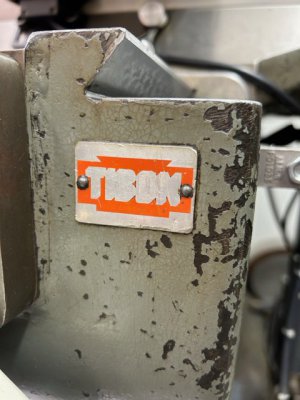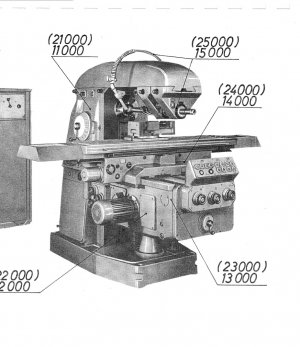Good this thread is open

I've recently removed a table from my horizontal knee mill (a well used German made heckert fw250) as I wanted to pull the leadscrew nut and I was very surprised to find original scrape marks visible on the central part of the table ways. They are worn off on both sides so I certainly didn't expect them there especially that the leadscrew in mostly worn in the middle.
This thread provided some food for thought. However my mill lived all it's life in a local rubber hose factory and there were no milling vices in sight in their workshop(just drilling vices and general vices). But they made lots if their own work holding, t-nuts, long t-nuts, long bars with elongated holes in the middle etc. When I was buying the machine I searched through that workshop as I was looking (and found) a vertical milling head for the mill.
So I wonder, has anyone else seen a wear pattern like this on a machine where vices were not used with?
It is indeed very interesting. It is the only place on this machine I have found any scrape marks on the ways.
Perhaps the table has been bowed from the factory?



